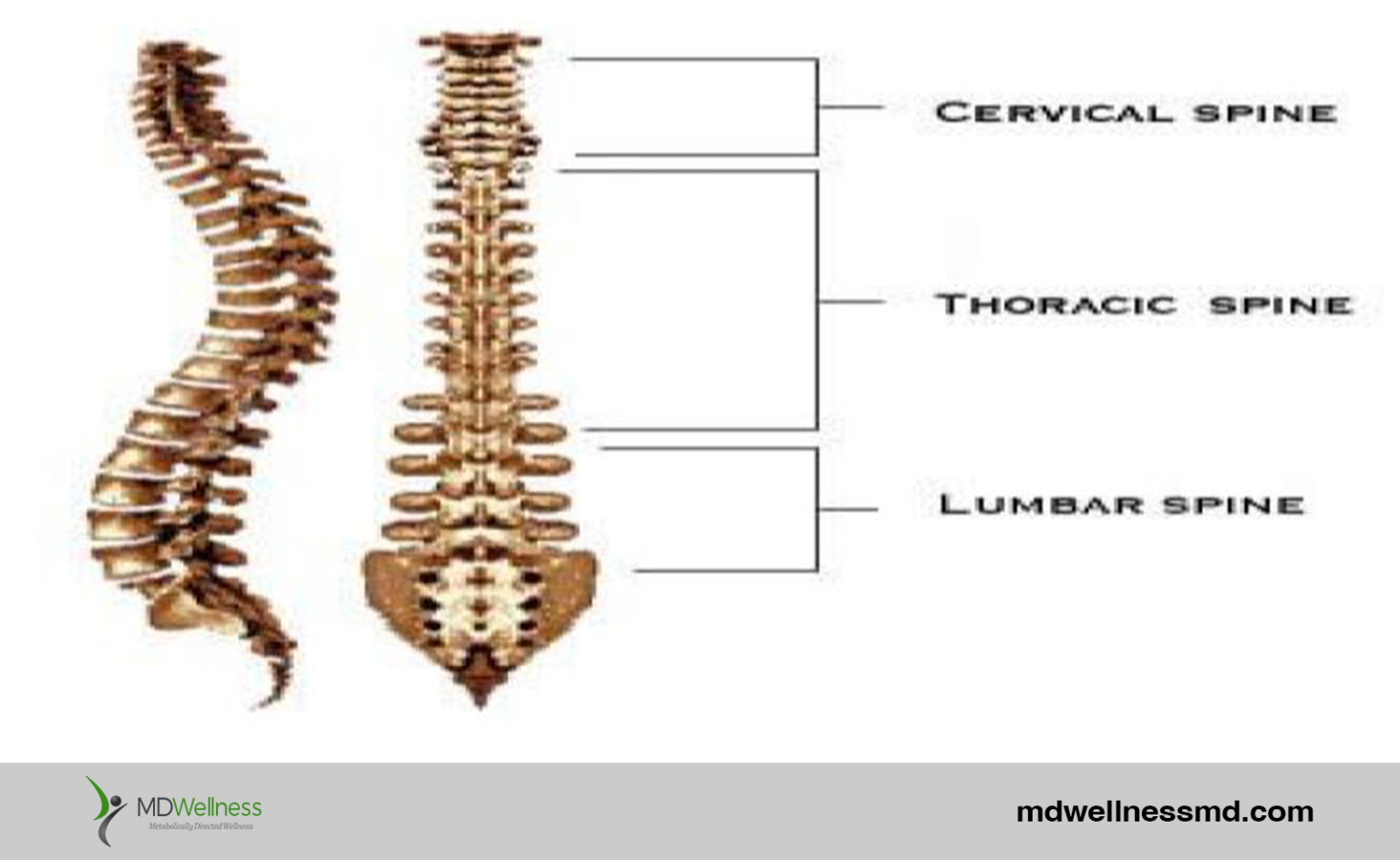Autonomic Nervous System ANS
can lead to many symptoms
The Autonomic Nervous System ANS

Autonomic Nervous System (ANS)
Three Spinal Segments Housing Your ANS


Your Autonomic System has two Sides

Every Organ System in Your Body is Under Autonomic Control – SNS
Excess Sympathetic Nervous System (SNS) Activity can Contribute to Many Symptoms
Treating Excess SNS Activity
Every Organ System in Your Body is Under Autonomic Control – PNS
Excess Parasympathetic Nervous System (PNS) Activity can Contribute to Many Symptoms
Treating Excess PNS Activity
ANS Balance is Achieved Toward the Middle of the Curve

What are the Root Causes of Autonomic Dysfunction?
Chronic Stress and Unhealthy Habits Deplete Your Adrenal Reserves and can Contribute to Autonomic Dysfunction

Autonomic Dysfunction can be Ameliorated by Reducing Stressors on your Autonomic Nervous System (ANS)
For Optimal Adrenal Health – Add “Good” Things – Healthy Food, Clean Air, Beneficial EMF’s, Good People increase your Adrenal Reserves and Decrease Autonomic Dysfunction

Unstable Blood Sugar is a Very Common Cause of ANS Dysfunction
Your Metabolism is Like a Fire
How Can I Keep my Blood Sugars More Stable?
Saturated Fats, Won’t They Hurt Me?
Meta-analysis of prospective cohort studies evaluating the association of saturated fat with cardiovascular disease
Harvard Medical School Published in the American Journal of Clinical Nutrition January 2010




To learn more about MD Wellness contact us today by giving us a call at (732) 268-7663, emailing us at [email protected] or by requesting an appointment online.
Disclaimer: The information provided on this site is for educational purposes only and does not substitute for professional medical advice. Please consult a medical professional or healthcare provider for medical advice, diagnoses, or treatment. If you are experiencing a medical emergency, dial 911.
© 2024 Michael Rothman, LLC d/b/a Michael Rothman, MD. All rights reserved. | Privacy Policy | Terms & Conditions | Shipping & Return Policy
Website Created and Managed by M&A consulting
Schedule a Free Consult
Complete this quick form to schedule a
non-obligation 15 minutes phone consultation.